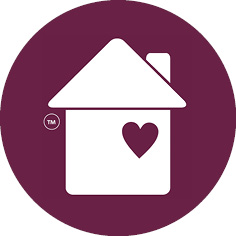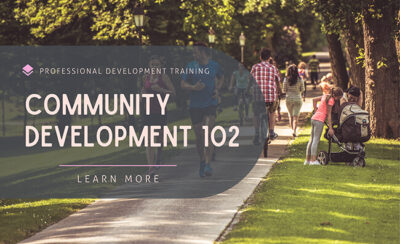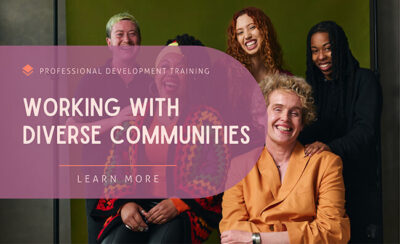A Moment of Reflection...
Recount a situation where you were aware of your own privilege.
- What was it about you that was favourable? E.g. gender, race, physical appearance, sexuality.
- How were you treated?
- How do you think someone different to you would have been treated in the same situation?
Share this story in the comments section at the bottom of this page.



